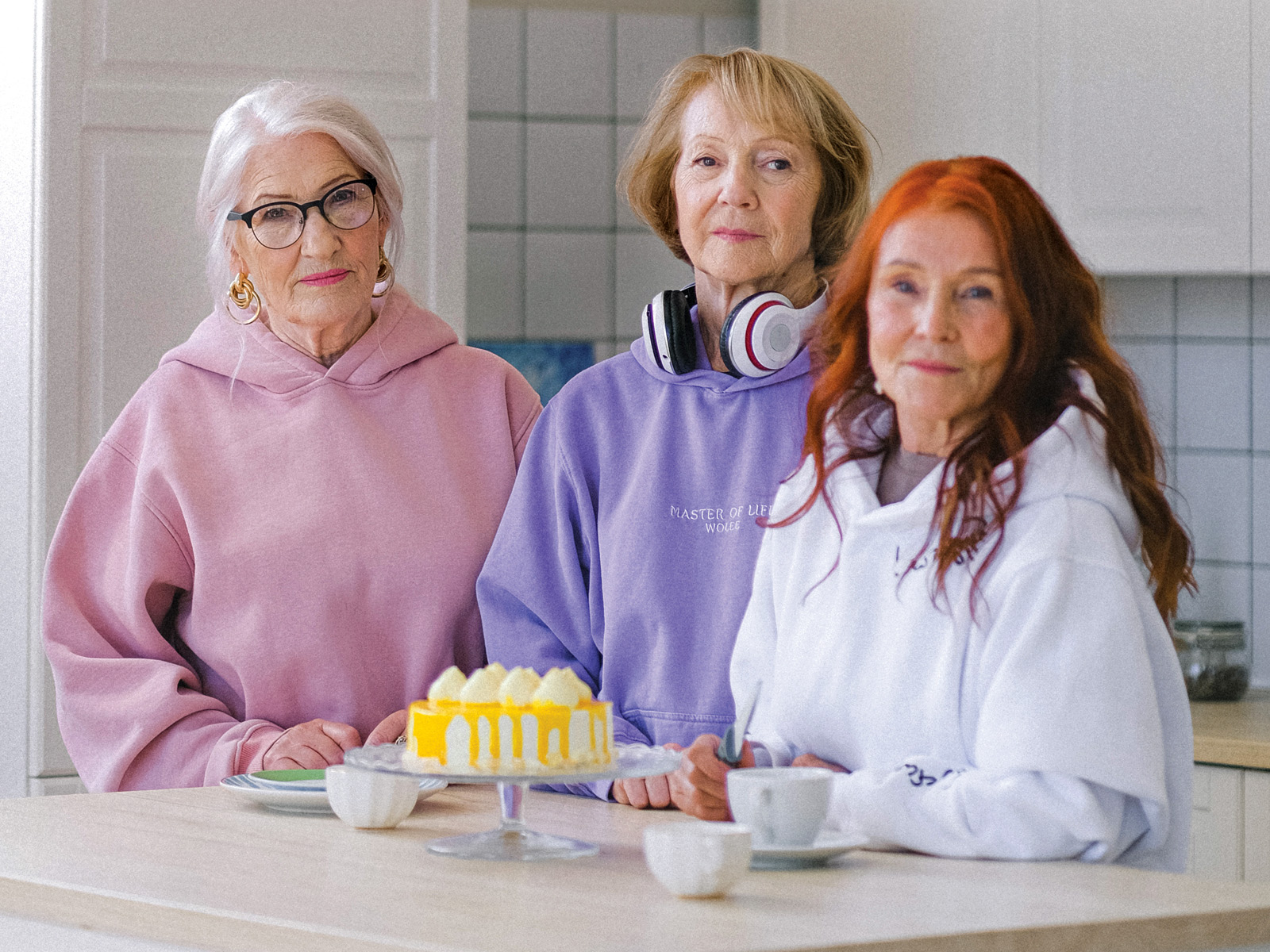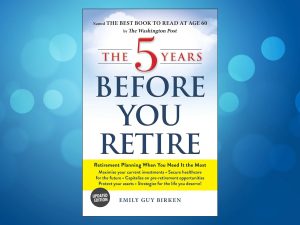Let’s take a look at a few things that you and your family can do to make one of the favourite places in the home more accessible and much safer:
As people age it’s wonderful if their kitchens can still be considered a happy and comfortable place to prepare meals and gathering with family and friends rather than a concerning source for potential accidents.
1) Lighting
As vision changes significantly, more light might be required. Try to achieve a balance between proper overhead and task lighting, focus pendant lights over a frequently used work surface or use under cabinet lighting to improve visibility in frequently used food preparation areas and sinks.
Beware of too much lighting that could produce glare and shadows. And, review ambient lighting as well. It is not wise for anyone to walk into a dark room.
2) Flooring
It’s easy to get caught up in the latest kitchen design trends but shiny flooring can quickly turn slippery with even small spills.
Non-slip vinyl flooring is a good choice as there is a slight textured finish, which helps minimize fall risks, and it is relatively easy to maintain. Cork is also a good option as it has non-slip qualities and more cushioned which helps minimize injuries if a trip or fall occurs.
Non-slip mats can be placed in areas like sinks and dishwashers where spills happen frequently. Be sure spills are cleaned up right away and the area is avoided until its dry.
3) Cabinets
The vast majority of kitchens have upper and lower cabinets—most lower cabinets require bending down and reaching. Upper cabinets also present reaching and lifting challenges which increase the chance of balance and grip related issues or the need to try and stand on a chair or step stool.
Thankfully, there are relatively easy and afford-able solutions to making upper and lower cabinets easier and safer to use.
Think of installing drawers or pop up shelves inside lower cabinets making it easier to grab items at the back.
Alternatively, pull down shelves can be installed in upper cabinets—with a simple pull, the shelves and contents will glide down to a reachable distance.

4) Oven safety
Burns happen very quickly so be sure that pot handles are secure. Keep pot handles turned away from the front to avoid someone accidentally knocking the pot off the stove. Timers are an invaluable tool to reduce the chance of forgetting something on the stove. Always have potholders or oven mitts handy and close by when handling anything on the stovetop or oven.
Gas stoves can be a cook’s dream, but can be a hazard with loose fitting clothes, hair that isn’t tied back or poor balance. Also, controls that are located at the rear of the oven are more dangerous because users have to reach over flames to turn on burners. Opt for a stove with dials at the front that are not worn and are easy-to-read.
Consider installing a device that can automatically control use of the oven, and make use of features that allow you to set the oven to turn off automatically after no one is using it.
5) Reducing fire risks
Place a fire extinguisher within easy reach of the cooking area that is ready for use in an emergency situation. Make sure equipment is serviced and ready to use.
Test smoke detectors on a regular basis, change batteries annually and do a thorough check of outlets and wiring.
6) Clear the clutter
Less is more. Reduce the number of items on counters and cupboards to avoid mess and confusion. Toss out expired and seldom used dry goods, spices and old food/condiment containers in the fridge.
Create an organizational plan for the fridge that makes it easy to see what’s fresh and available.
Donate old recipe books and items if they aren’t being used to help create a less cluttered counter or shelf space.
7) Shop and plan ahead
Make a meal plan and shop for items on this list. This reduces stress and also helps avoid accidents in the kitchen.
Find easy to reach places for frequently used supplies and buy a few items in bulk such as garbage bags, saran wrap, tin foil, paper towels, bottled water, tea and coffee to avoid emergency runs to the store.
With a little care and an abundance of caution in the kitchen, older adults who wish to remain at home can indeed stay safe and thrive. Bon Appetit.
Chistine Taylor is a college professor, and the owner of Taylored Consulting, a company that helps seniors downsize, age in place, relocate, and navigate their provincial healthcare system.













